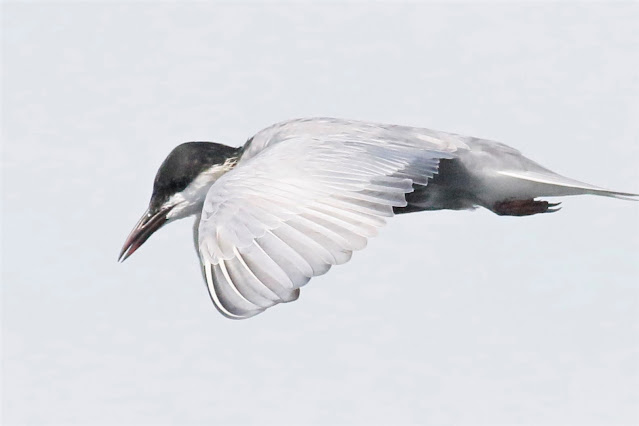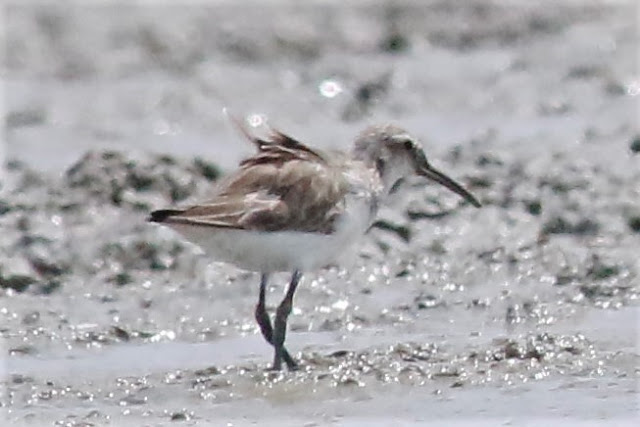Environmental issues have gain prominent coverage in the past few years. Climate change and use of plastics were the most highlighted ones. While climate change can be harder to contained, the use of plastics can perhaps be easier. Plastics can one day cost as much as your expresso. Raising the price of plastics however is not a very good solution. We still need plastics to contain our daily rubbish otherwise rubbishes will be thrown by the roadsides, drains, rivers etc which eventually flow down to the sea. We need to educate people on the consequences of their actions.
Recently we set out to sea not to survey on the number of plastics in the sea (although we seen a few) but more for the bird population which indirectly can be affected by the sea pollutants as well.
The sea was really calm in the morning as the tide was slowly receding.
As we came near an offshore island we only saw a Little Egret
Peek- a- boo !
As the morning became brighter, more birds appear - they were mainly terns
There were probably hundreds of them - mainly Whiskered Terns.
Most of them were either in their full or partial breeding plumage.
Hovering up in the air like a dron looking for a prey for breakfast.
Finally got a prawn. That prawn species will cost me about RM55.00 per kilo over here.
Any sea creatures which can be eaten will be taken up.
After a heavy meal they would rest on any structures which are erected in the sea.
Some will use floating debris as their platform like this Common Tern.
Most of the time these terns will be airborne and continue searching for food to eat.
Waders seen were the usual Common Redshanks, Eurasian Curlews, Bar-tailed Godwits, Whimbrel, Red-necked Stints, some Terek Sandpipers and surprisingly just a few Lesser Sand Plovers.
A flock of Bar-tailed Godwits. A number of them were already in their breeding plumage.
A red-hot chilly pepper Bar-tailed Godwit






































































